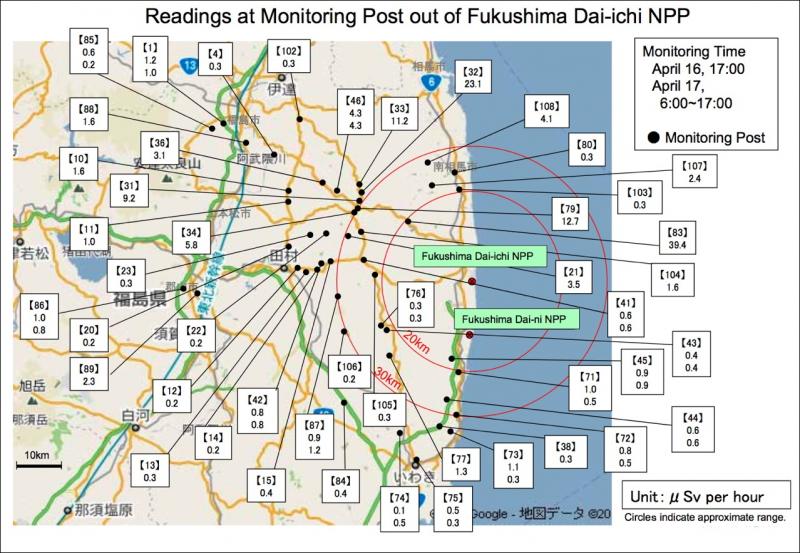Residency status and property rights are among the legal issues causing concern for foreign nationals directly affected by the March 11 earthquake and tsunami, lawyers assisting them with their inquiries said Tuesday.
The Japan Federation of Bar Associations and a local lawyers’ group in Tokyo launched a toll-free telephone consultation service for foreign nationals in late March in the wake of the quake and ensuing tsunami. It received nearly 50 inquiries during the first two weeks, according to Masako Suzuki, a Tokyo-based lawyer.
‘‘In cases where callers lost their Japanese spouses, they wanted to know if they could continue staying in Japan or if they could inherit properties,’’ Suzuki said.
In one case, a woman asked if she could stay in Japan until her late husband, who was buried without cremation, most likely due to a lack of crematorium capacity and shortage of fuel, could be cremated.
The telephone consultation service operates weekdays from 10 a.m. to noon and can be accessed by calling 03-3591-2291.
While it was initially launched in English, Chinese, Portuguese, Tagalog and Japanese, available languages have increased to 10, including Korean. Consulters are required to pay call charges, but they may be able to use phones for free at local international exchange associations in the disaster-hit areas, Suzuki said.
- lower the temperature of the nuclear fuel in all reactors to below 100o Celsius





Recent Comments